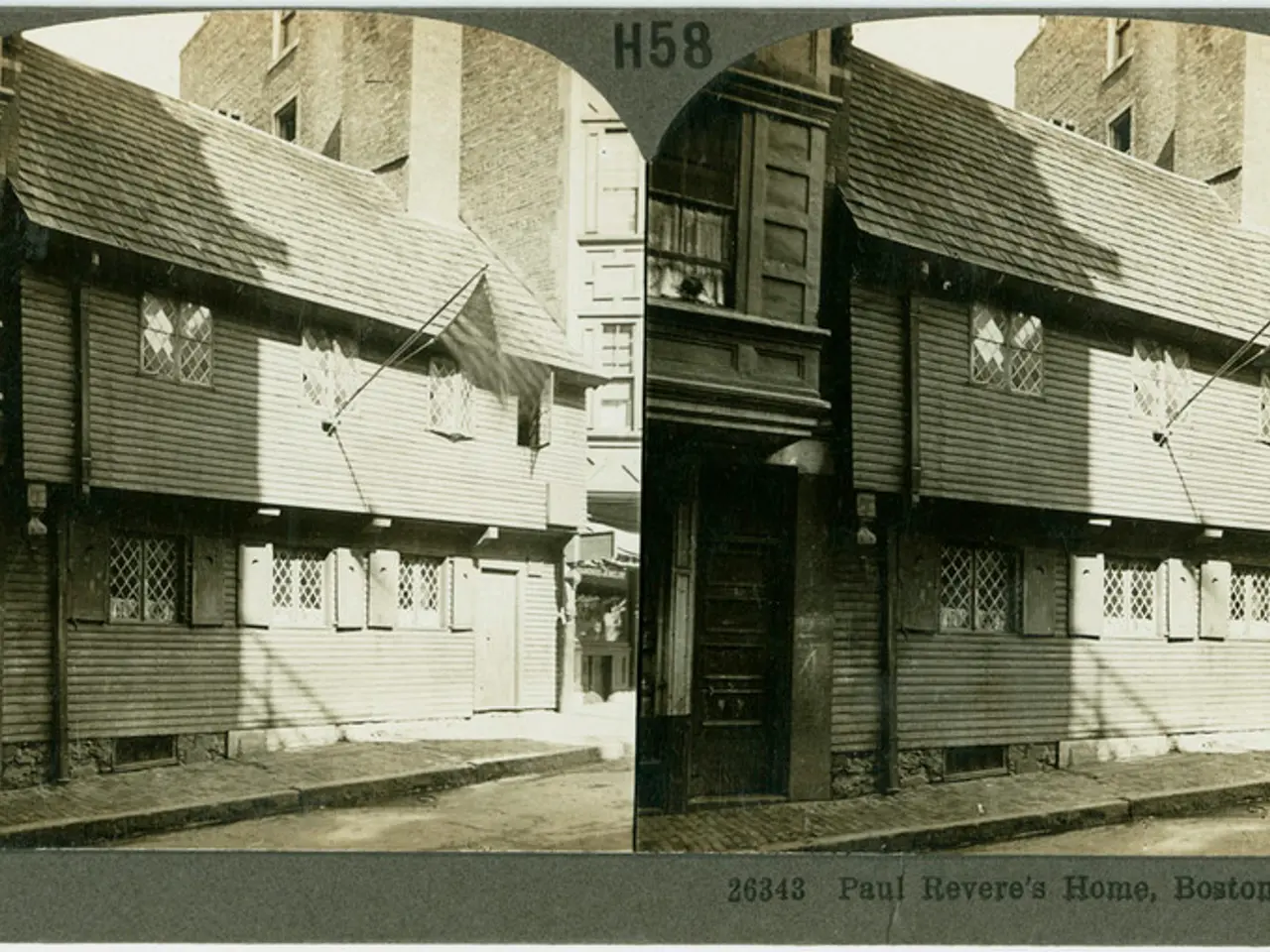Solid building material comprising of a mixture of water, aggregate, sand, and cement
In the world of construction, concrete has been a stalwart material, standing the test of time from Roman aqueducts to modern structures. Yet, it's not as dull as it seems. Colloquially referred to as "liquid rock", concrete continues to be a subject of interest and learning, especially for the experts at the National Institute of Standards and Technology (NIST).
Recent research at NIST has focused on unintentional chemical reactions that cause concrete to crack, specifically Alkali-Silica Reactions (ASR). These reactions, which can lead to disastrous results, have been a cause for concern, posing a serious threat to structural integrity.
NIST's experts have been investigating this phenomenon, recreating "concrete cancer" in the lab by poisoning concrete samples with reactive aggregate to accelerate ASR under controlled temperature and humidity. The expanding gel from the reaction exerts pressure, causing hairline fractures and surface discoloration, which can progressively worsen over years or decades, leading to irreversible damage and potential structural failure.
NIST's experiments with hydraulic presses measured how ASR-induced cracks degrade the strength of concrete, providing critical insights into how these chemical processes undermine building safety and ways to slow the reaction. This research notably originated from concerns about the safety of the Seabrook Station Nuclear Power Plant, where early signs of concrete cancer raised alarms for regulators. The NIST team's accelerated lab testing mimics real-world conditions to assess the timeline and severity of ASR damage, helping develop science-based strategies to prevent or manage cracking caused by these unintended reactions.
The significance of this work lies in advancing our understanding of how unintentional alkali-silica reactions chemically damage concrete, quantifying their impact on mechanical strength, and highlighting the long-term risks to infrastructure caused by gradual gel expansion and cracking. This aids in designing methods to protect concrete structures from failure by anticipating and mitigating the effects of such chemical degradation.
Moreover, NIST's expertise makes it uniquely able to address scientific questions about concrete and its performance. This expertise has already saved billions for state governments, as NIST's research has been instrumental in improving the durability and lifespan of concrete structures.
But NIST's work doesn't stop at large-scale structures. They are also working to help homeowners address expensive cracks in their homes' foundations, ensuring that the humble abode remains a sturdy shelter.
In conclusion, concrete, despite its ancient use, is still a vibrant field of ongoing research. NIST, with its century-long history of studying concrete, continues to be at the forefront of this research, ensuring that our structures remain safe and durable for generations to come.
- The investigations at NIST related to Alkali-Silica Reactions (ASR) extend beyond just large-scale structures, as they strive to help homeowners address expensive cracks in their home foundations.
- The advancements in understanding ASR's impact on concrete by NIST not only protects critical infrastructure but also contributes to the health-and-wellness and fitness-and-exercise sectors, as safe homes contribute to the overall well-being of individuals.






